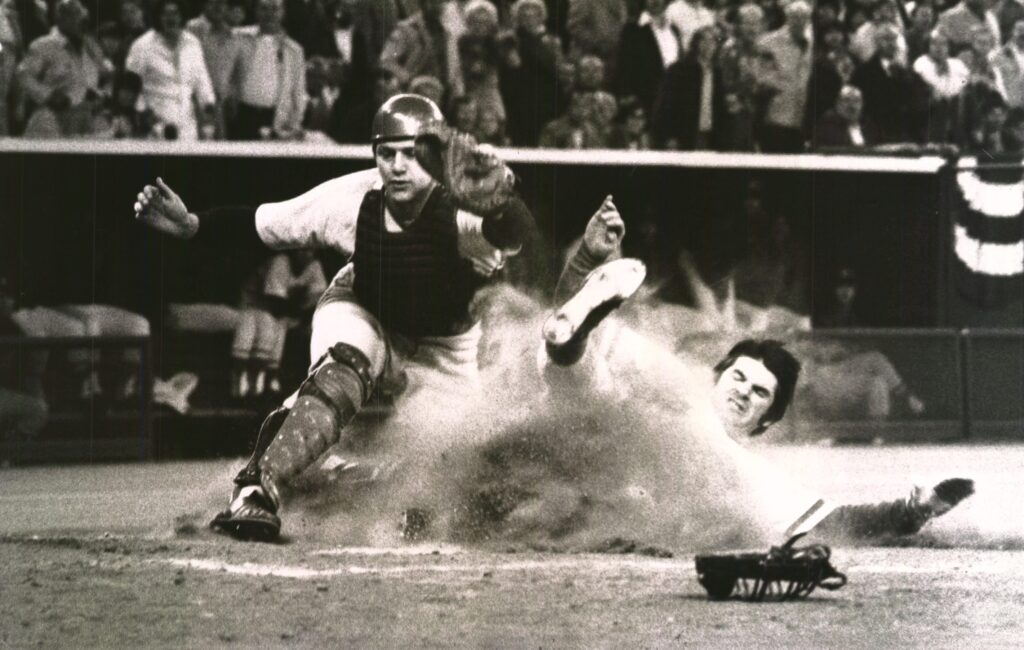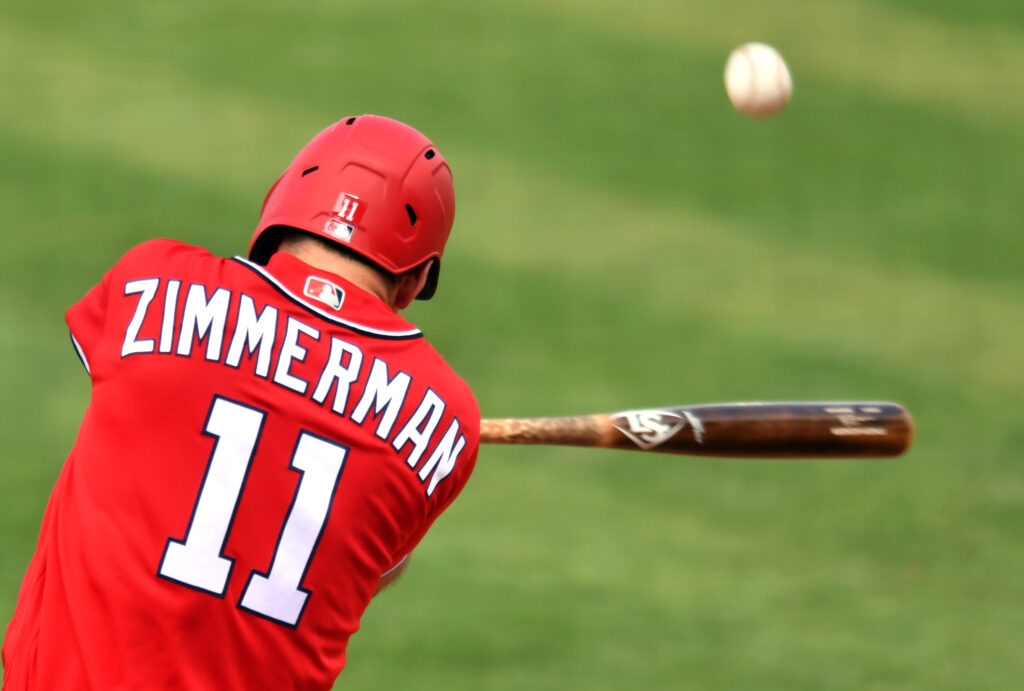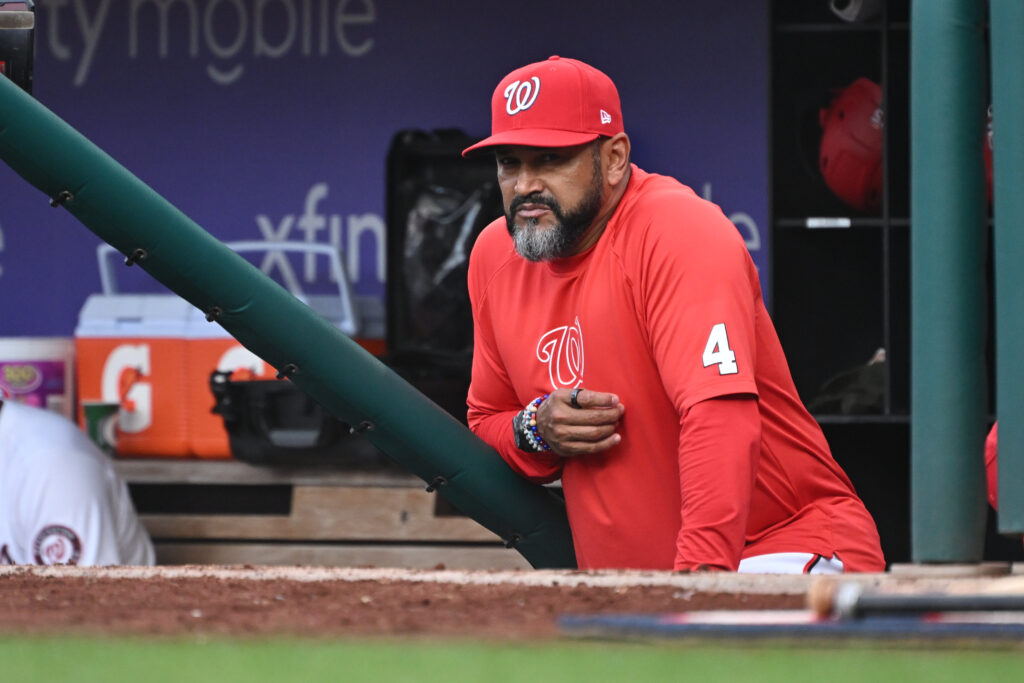This is the first article in a series that looks at the five best players at each position for the Chicago White Sox. In this installment are catchers and managers.
The Chicago White Sox began play when the American League declared itself a major league in 1901. However, the club got its start a few years earlier. Charles Comiskey, a first baseman who played and managed against the other Chicago team, the Cubs (then known as the White Stockings) in the World Series in 1885 and ’86 as a member of the American Association’s St. Louis Browns, bought the Sioux City franchise in the Western League in 1895. He moved the team first to Minneapolis for five years and then to Chicago.
While his father, a former city council member, was disappointed in his son’s career choice (John wanted him to become a plumber), Charles turned baseball into a lucrative business, at least for himself. The White Sox were competitive right away, winning the pennant in the American League’s first season. The early hitting was not great, but the pitching was spectacular, with starters Ed Walsh and Doc White carrying the light-hitting bunch called the “Hitless Wonders” to a World Series title over the crosstown rival Cubs in 1906.
Comiskey showed love to the fans and the city of Chicago, building a new stadium in 1910 (which he, of course, named after himself) and also buying the best talent in the game, but he did his best to hold down player salaries, including forcing the players to pay their own uniform cleaning fees in 1916. That incident, NOT the far worse one three years later, was the first use of the term “Black Sox” because their uniforms turned black from the dirt after a while. The White Sox won the World Series again in 1917, with Comiskey taking the uniform cleaning fee from their bonus.
The penny-pinching ways of their owner divided the locker room into rival cliques, with the less-educated, blue-collar players such as Eddie Cicotte and Chick Gandil demanding better treatment and established leaders like Ray Schalk and captain Eddie Collins siding with Comiskey. As the story goes, eight players (although there is some question about at least two) turned to gamblers and agreed to lose the 1919 World Series to the Reds in exchange for $100,000. However, the full amount was never paid and some of the players reconsidered before the gamblers turned to death threats to get their point across, and the Reds won the series 5 to 3. “Shoeless” Joe Jackson tried to alert Comiskey of the fix, but the owner refused to meet with him. All the players were tried and acquitted of conspiracy charges, but new baseball commissioner Kenesaw Mountain Landis banned all eight players for life in late 1921.
Comiskey’s team didn’t win another pennant after the Scandal for 40 years. Although he alienated many of his players, he was beloved by other owners and executives, and he was inducted into the Baseball Hall of Fame in 1939. Comiskey died in 1931 and his son, Lou, passed away in 1940. When a trust run by First National Bank tried to sell the team, Lou’s widow, Grace, took control, giving 54 percent to her daughter, Dorothy, and 46 percent to her son, Chuck. Dorothy wanted to sell to her brother in 1959 but sold to longtime executive Bill Veeck instead after Chuck low-balled an offer to his own sister. On the field, Chicago went from a team unwilling to run to the “Go-Go” White Sox, a team that led the league in stolen bases 11 straight seasons and challenged for the pennant several times in the 1950s, finally going to the World Series in 1959, where they lost to the Dodgers.
Veeck and former Tigers great Hank Greenberg sold their controlling stake in the team to businessmen brothers Arthur and John Allyn in 1961. Chuck Comiskey refused to sell to the Allyns, but he did sell his share of the team to Bill Bartholomay and the LaSalle Corporation, with the understanding that they would be able to buy out the Allyns. When that was proven not to be possible, Bartholomay sold the shares to the Allyns and used the money to buy the Milwaukee Braves instead.
Arthur Allyn sold his shares to his brother, John, who then sold a majority interest in the team for $10 million back to Veeck and Greenberg in 1975. Veeck wanted to sell to Eddie DeBarolo in 1981, but the other owners declined because he lived in Ohio instead of Illinois. DeBartolo instead bought the NFL’s 49ers, who have had far more success than the White Sox. Instead, the team was sold to Chicago Bulls owner and real estate developer Jerry Reinsdorf and former sports television executive Eddie Einhorn for $50 million.
In the 45 years from 1959 to 2004, the White Sox went to the playoffs just three times, with American League Championship losses in 1983 and ’93, as well as a loss in the Division Series in 2000. Chicago finally broke its 88-year championship drought in 2005 when former shortstop Ozzie Guillen led his team to 99 wins and a sweep of the Astros in the World Series. Since that time, the White Sox have been to the playoffs three times, with losses coming in the Division Series in 2008 and 2021 and a defeat in the Wild Card round in the COVID-shortened 2020 season.
Throughout the upcoming articles, there will be players from all eras of White Sox baseball, especially from the team’s high points in its first two decades and the recent era around the 2005 championship.
The Best Catchers and Managers in Chicago White Sox History
Catchers
Honorable Mention – Billy Sunday was with the team for its first 13 years (1901-12 and 13), playing 1,052 games and registering 692 hits and 325 RBIs in that span. His best season was his first with the club, hitting .245 and posting career highs with 90 hits and 56 runs batted in. Sunday was a starter on the “Hitless Wonders” when they won the World Series in 1906 and he certainly personified that nickname. He hit just .207 for his career and went 0-for-21 in the series against the Cubs.
5. Mike Tresh – He was with the White Sox during their 40-year playoff drought and spent 11 seasons in Chicago (1938-48). Tresh was a 1945 All-Star who had 788 hits and 297 RBIs in 989 games. His best season was 1940, when he totaled career highs with a .281 average, 62 runs, 135 hits, and 64 runs batted in.
4. A.J. Pierzynski – He was a solid contributor for eight seasons (2005-12) and became popular during Chicago’s run to the 2005 World Series (even appearing in matches for NWA-TNA Wrestling). Pierzynski was an All-Star in 2006 and earned a silver slugger in 2012 when he hit .278 with 27 home runs and 77 runs batted in, both career highs. Overall, he hit .279 with 1,087 hits, 198 doubles, 118 homers, and 460 RBIs in 1,068 games. Pierzynski had 16 hits, three home runs, and 10 RBIs in 16 career playoff games and drove in three runs in the sweep of the Astros in the 2005 World Series.
3. Sherm Lollar – He was another backstop who appeared in the World Series after a long playoff drought. Lollar was an eight-time All-Star and a three-time gold glove winner during his 12 seasons in Chicago (1952-63). His two best seasons were 1956 when he drove in 75 runs and set career highs with 28 doubles and a .293 average, and 1959 when he posted career bests with 134 hits, 22 home runs, and 84 runs batted in. Overall, Lollar had 1,122 hits, 124 homers, and 631 RBIs in 1,358 games. He homered and drove in five runs in the loss to the Dodgers in the 1959 World Series.
2. Ray Schalk – His long run in Chicago lasted 17 years (1912-28) and saw the franchise through the “Black Sox” scandal. In fact, he was the player who first suspected something was amiss and notified manager Kid Gleason. When everything hit the fan in 1920 Schalk, like many others on the team, had a career year, hitting .270 and setting career highs with 64 runs scored, 131 hits, 25 doubles, and 61 runs batted in. Despite his reputation as a defensive standout, he was also a solid offensive player, recording 579 runs, 1,345 hits, 593 RBIs, and 177 stolen bases (a mark that is ninth-best in team history and includes 30 in 1916) in 1,757 games played (which ranks fifth on the all-time franchise list). “Cracker” hit .286 with two RBIs in 14 World Series Games. He was voted into the Baseball Hall of Fame by the Veteran’s Committee in 1955.
1. Carlton Fisk – He was a four-time All-Star and a three-time silver slugger winner who followed his Red Sox career with 13 more solid seasons with the White Sox (1981-93). “Pudge” had his best season for Chicago in 1985, when he scored 85 times, had 129 hits, and set career highs with 37 home runs and 107 RBIs. His 33 homers at catcher that season set a single-season record for the position at the time. Fisk broke the Major League record for career home runs by a catcher by hitting his 328th in 1990, and he set the games played record by a catcher when he reached 2,226 in 1993. During his time with the White Sox, Fisk had 649 runs, 1,259 hits, and 214 doubles. He also ranks fifth on the franchise list in home runs (214, including four seasons with 20 or more), eighth in RBIs (762), ninth in total bases (2,143), and tenth in games played (1,421). Fisk had three hits in the loss to the Orioles in the 1983 American League Championship Series. He was inducted into the Baseball Hall of Fame in 2000.
Managers
Honorable Mentions – Rick Renteria went 239-309 in four seasons with the White Sox (2017-2020), and he led them to the Wild Card round in 2020. Gene Lamont spent parts of four seasons in Chicago (1992-95), and his clubs produced a 258-210 record and a trip to the American League Championship Series in 1993. William “Kid” Gleason had the unfortunate distinction of being the manager during the “Black Sox” scandal. Over four seasons (1919-23), he went 392-364, took the team to the World Series in 1919, and led the team to 96 wins the following year despite all of the distractions (the very public trial, a new commissioner and the continued cheap and miserly decisions of the team’s owner). Paul Richards led the White Sox during their return to respectability. His teams went 406-362 over five seasons (1951-54 and 1976) but never finished higher than third. Jerry Manuel ranks fifth in team history in victories, going 500-471 over six seasons (1998-2003). He took the White Sox to the Division Series in 2000. Tony LaRussa is tied for third on the all-time franchise list with a 678-644 mark, and he is one of only two managers to lead the White Sox to the playoffs twice. He spent 10 years in Chicago in two stints (1979-86 and 2021-22), leading the club to 99 wins and an ALCS berth in 1983, and also overseeing the club’s run to the Division Series in 2021. However, by that time, it was clear that the game had passed him by at age 77. The 1983 Manager of the Year and the man who ranks second in Major League history with 2,901 victories was voted into the Baseball Hall of Fame by the Expansion Era Committee in 2014.
5. Jimmy Dykes – An infielder-turned-manager, Dykes is the all-time franchise leader in victories, having amassed an 899-940 record in 13 seasons (1934-46). The White Sox finished at .500 or better six times during that span but never finished better than third in the American League.
4. Clarence “Pants” Rowland – Although he was only a Major League manager for four seasons (1915-18), he led the White Sox to some of their best performances. Rowland steadily led Chicago up the standings, setting a franchise record with 100 wins in 1917 and leading the team to a World Series victory that would end up being their last for a very long time. He finished with a 339-247 record.
3. Fielder Jones – Like many teams of the day, the White Sox employed a player-manager strategy in the early 1900s. Jones played center field and led the team to a 426-293 record during his five seasons at the helm (1904-08). Under his watch, the “Hitless Wonders” won 93 games and defeated their crosstown rivals the Cubs in the 1906 World Series.
2. Ozzie Guillen – The slick-fielding former White Sox shortstop turned into a fiery, outspoken manager for the team. In eight seasons (2004-11), he led Chicago to a 678-618 record (tied for third in team history), and he is the only other manager besides LaRussa to lead the team to multiple playoff appearances. The White Sox went to the Division Series in 2008, but Guillen is best remembered for helping the team break their 88-year championship drought in 2005. That year, Chicago went 99-63, then swept Houston for their first World Series title since before the “Black Sox” Scandal. Guillen also was named Manager of the Year for his team’s performance. Guillen’s one drawback was his mouth. He was suspended for making comments about Cuban dictator Fidel Castro while he was managing the Marlins.
1. Al Lopez – A two-time All-Star catcher, he led the Indians to 111 wins and the pennant in 1954 and took over the White Sox three years later. The nervous, jittery Lopez brought the long-struggling franchise back to the top of the American League, leading the White Sox to a winning record in each of his first nine seasons and reaching 90 wins five times in that span. The club’s best season was 1959 when the “Go Go White Sox” won 94 games and reached the World Series, where they lost to the Dodgers in six games. Lopez retired due to a chronic stomach condition in 1965, and he spent the next two years as team vice president. He returned to the bench during the 1968 season, but an appendectomy and other health issues forced him to retire for good in May of the following year. Lopez ranks second in team history with an 840-650 record in 11 seasons (1957-65 and 68-69), and he was voted into the Baseball Hall of Fame by the Veteran’s Committee in 1977.
Upcoming Stories
Chicago White Sox First, Third Basemen and Designated Hitters – coming soon
Chicago White Sox Second Basemen and Shortstops – coming soon
Chicago White Sox Outfielders – coming soon
Chicago White Sox Pitchers – coming soon
Previous Series
A look back at the Chicago Cubs
Chicago Cubs Catchers and Managers
Chicago Cubs First and Third Basemen
Chicago Cubs Second Basemen and Shortstops
Chicago Cubs Outfielders
Chicago Cubs Pitchers
A look back at the Boston Red Sox
Boston Red Sox Catchers and Managers
Boston Red Sox First and Third Basemen
Boston Red Sox Second Basemen and Shortstops
Boston Red Sox Outfielders and Designated Hitters
Boston Red Sox Pitchers
A look back at the Baltimore Orioles
Baltimore Orioles Catchers and Managers
Baltimore Orioles First and Third Basemen
Baltimore Orioles Second Basemen and Shortstops
Baltimore Orioles Outfielders and Designated Hitters
Baltimore Orioles Pitchers
A look back at the Atlanta Braves
Catchers and Managers
First and Third Basemen
Second Basemen and Shortstops
Outfielders
Pitchers
A look back at the Arizona Diamondbacks
Catchers and Managers
First and Third Basemen
Second Basemen and Shortstops
Outfielders
Pitchers
Main Image: The Enquirer/Fred Straub, Cincinnati Enquirer via Imagn Content Services, LLC



